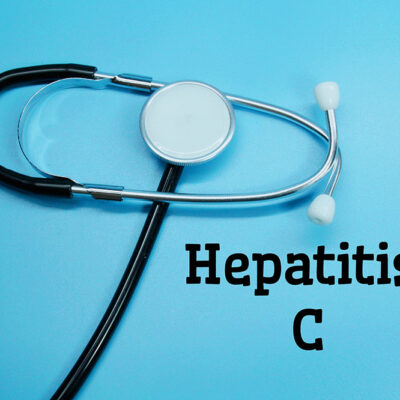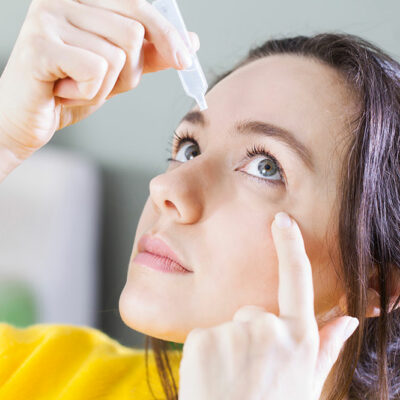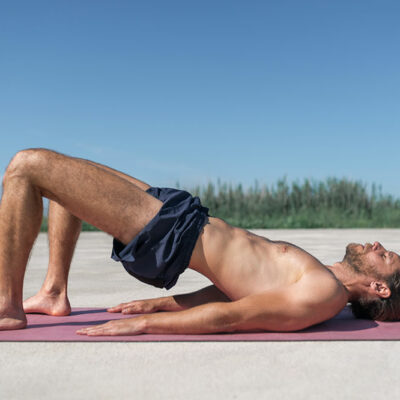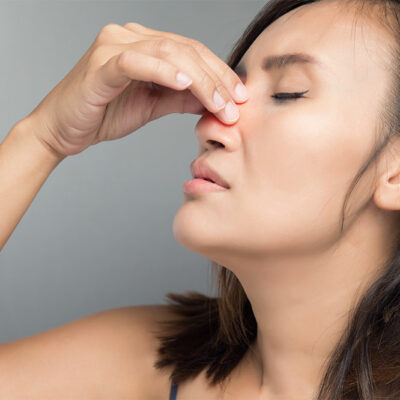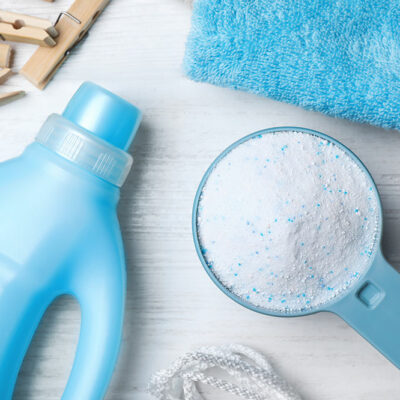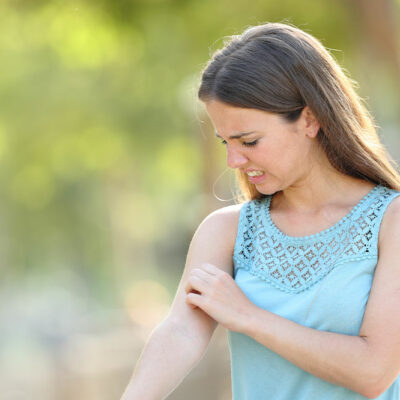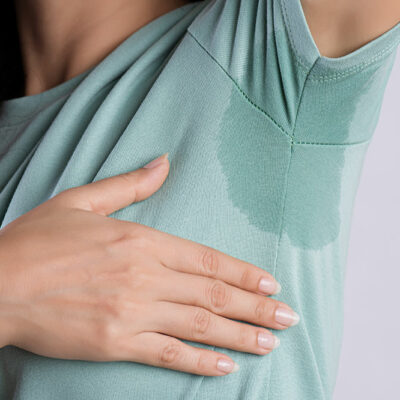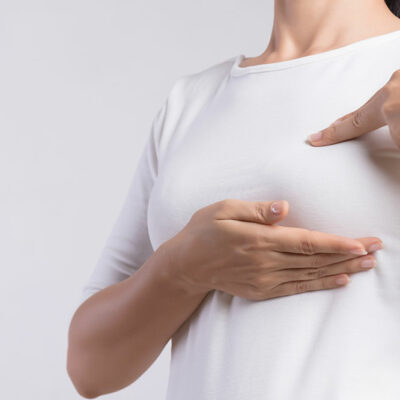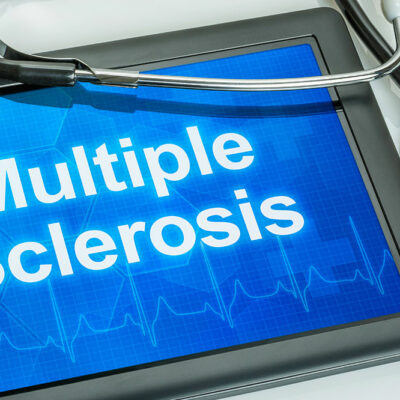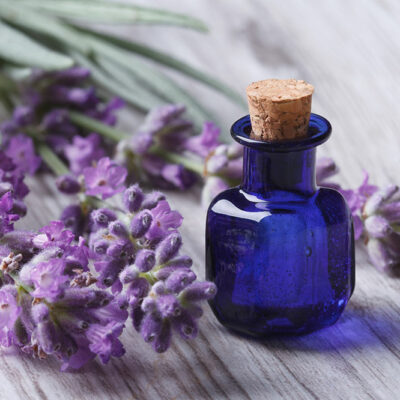
Health
6 Herbal Remedies to Ease Migraines
Unlike regular headaches, migraines can be much worse. Its symptoms include nausea, throbbing pain, and sensitivity to light and sound. These migraines can get so bad that they need to be managed with prescription medications or over-the-counter medications. However, if you’re looking for herbal remedies for migraines, you are in luck. Multiple herbal solutions can manage the symptoms of this unbearable condition. 1. Chamomile Chamomile is known to release a mild sedative that helps relax the body. A cup of chamomile tea can significantly relieve any headaches caused by stress. It is anti-inflammatory and helps reduce muscle spasms. Add two teaspoons of chamomile to every cup of tea, and simmer for five minutes. You can also add a little honey for some sweetness. 2. Basil Basil leaves are excellent for relieving migraines. The Italian herb has oil that relaxes the muscles. It is good for relieving headaches caused by tight muscles and tension. As far as research goes, basil is an effective home remedy for relaxation and also as an analgesic. Add in about four leaves to a cup of boiling water and let it simmer. Let it cool for a bit, and sip it slowly. You can also chew on some basil leaves.
Read More 